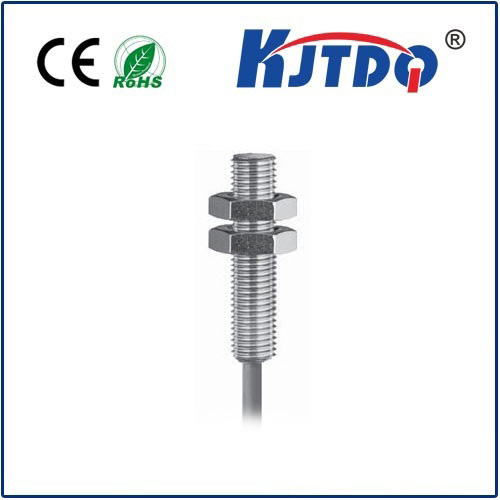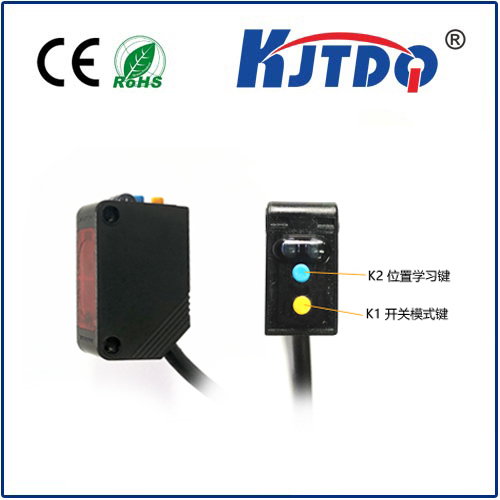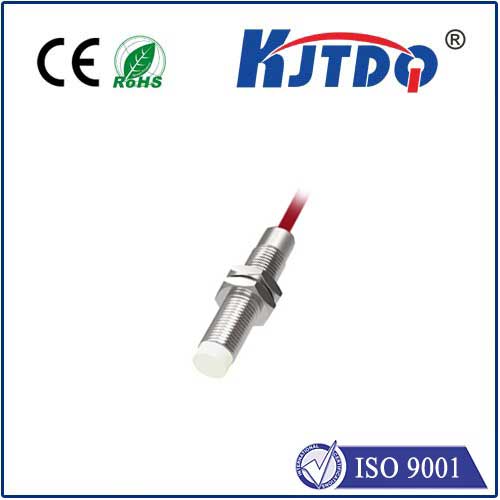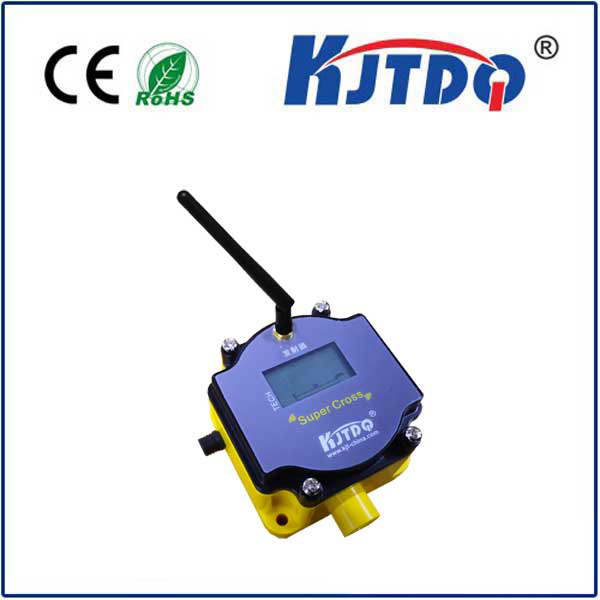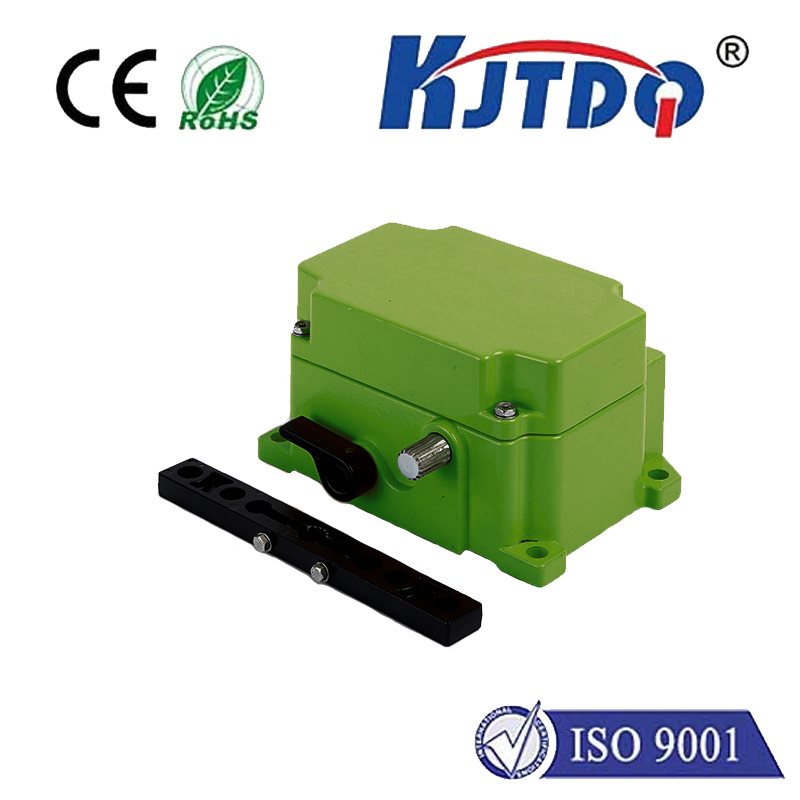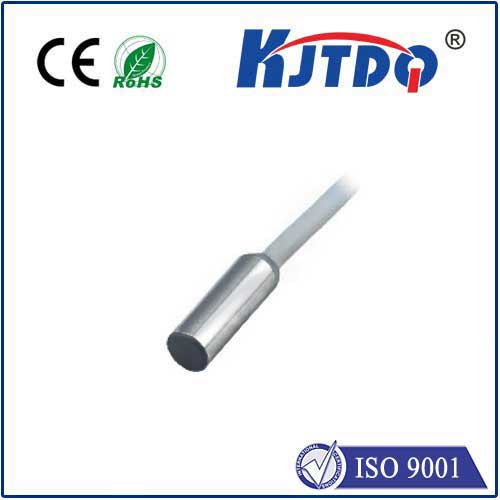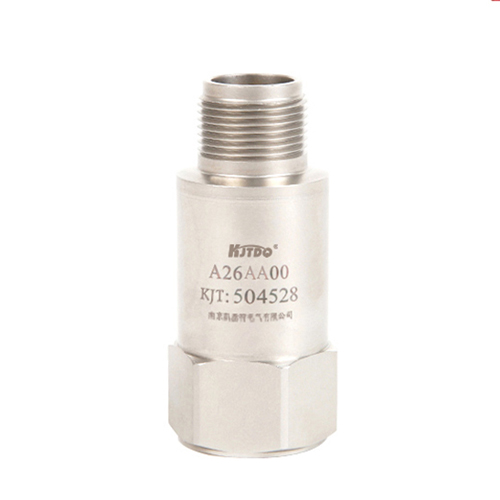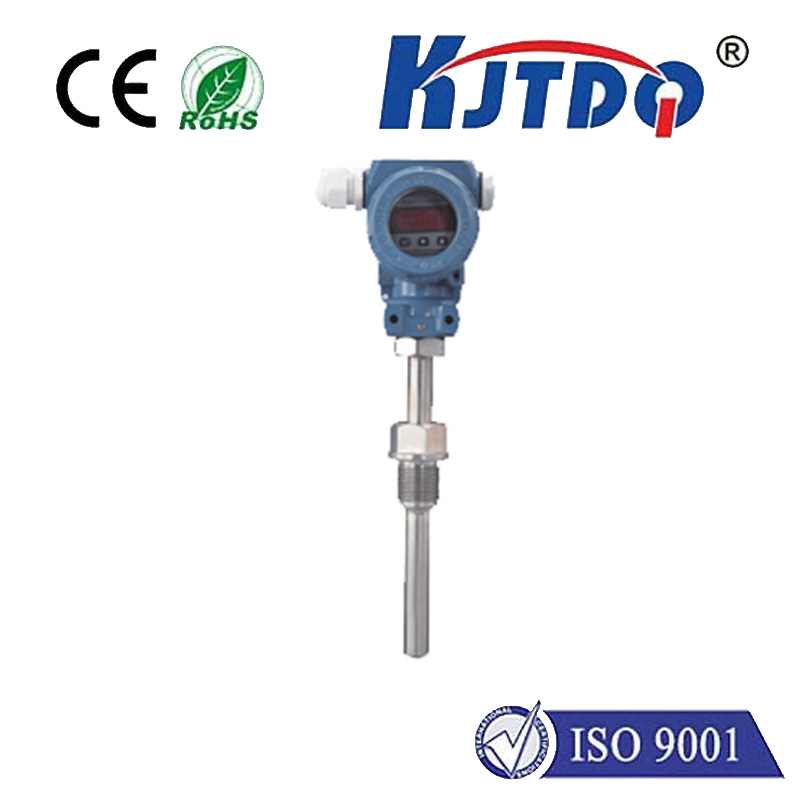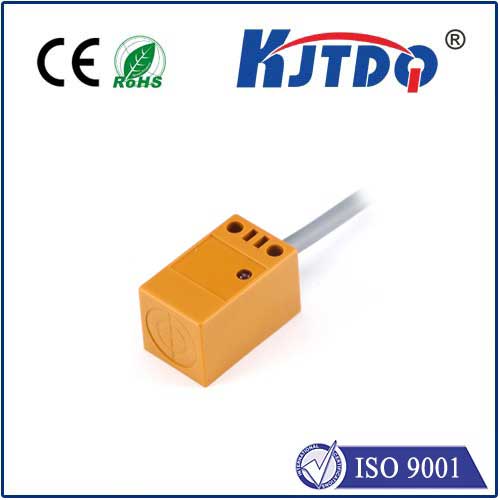

check

check

check

check
BI10-P30-Y1: The Ultimate Guide to Understanding and Optimizing Your IoT Device Performance
In today’s rapidly evolving technological landscape, the Internet of Things (IoT) has become a cornerstone of modern industry and daily life. At the heart of this transformation lies the IoT device, which connects and communicates with other devices and systems to create intelligent, automated solutions. One of the most common and essential components in IoT systems is the device identifier, such as BI10-P30-Y1. This identifier is not just a code; it is a critical piece of information that determines a device’s functionality, compatibility, and performance. In this article, we will explore the meaning, significance, and optimization strategies for the BI10-P30-Y1 device, providing you with a comprehensive understanding of how to maximize its performance and efficiency.
What is BI10-P30-Y1?
The BI10-P30-Y1 is a standard device identifier used in IoT environments. It typically consists of three main parts:
This identifier is crucial for tracking, managing, and upgrading devices within a system. It ensures that all devices are properly categorized and that updates or modifications are applied consistently across the network.

The Importance of BI10-P30-Y1 in IoT Systems
In an IoT environment, the BI10-P30-Y1 plays a vital role in ensuring seamless communication and data exchange between devices. It is used in various applications, such as smart homes, industrial automation, and healthcare monitoring. The accuracy and consistency of the identifier help in:
Optimizing BI10-P30-Y1 for Enhanced Performance
To ensure optimal performance of the BI10-P30-Y1, it is essential to consider several factors that influence its operational efficiency. Here are some key strategies:
Regular Firmware Updates: Keeping the device’s firmware up to date ensures compatibility with the latest protocols and security patches. This not only enhances performance but also improves the device’s resilience to potential threats.
Network Configuration: Proper network setup is crucial for the BI10-P30-Y1 to function efficiently. This includes setting up a stable and secure network connection, configuring IP addresses, and ensuring that the device is not blocked by firewalls or other restrictions.
Monitoring and Maintenance: Continuous monitoring of the device’s performance is essential. This includes checking for hardware failures, software issues, and network congestion. Regular maintenance helps in addressing problems before they escalate.
Data Security: The BI10-P30-Y1 is vulnerable to security threats, such as data breaches or unauthorized access. Implementing strong encryption and access controls is critical to protect the data it processes and transmits.
User Training and Support: Providing adequate training to users and maintaining a support system ensures that users are equipped to handle any issues that may arise. This reduces downtime and improves overall system reliability.
Conclusion
In summary, the BI10-P30-Y1 is a vital component in IoT systems, playing a key role in device identification, integration, and performance. By understanding its structure and utilizing optimization strategies, users can ensure that the device operates efficiently and securely. As IoT continues to evolve, the importance of proper management and maintenance of such identifiers will only grow. With the right approach, the BI10-P30-Y1 can be a reliable and powerful tool in the modern digital landscape.
